What is a Potential Divider / Voltage Divider?
A potential divider could be thought of as a voltage divider and it is often referred to as such. A Volt is just a unit of ‘potential difference’ in electric charge between two objects.
How does it work?
A potential divider is a simple circuit which takes advantage of the way voltages drop across resistors in series. It is a very useful and common circuit and is widely used in our range of electronic kits. The idea is that by using two resistors in series it is possible to divide a voltage and create a different voltage between them. In the example below two identical resistors are in series with a power supply. The total voltage across the circuit is ‘Vin’ however this total voltage is split between our two resistors meaning ‘Vout’ is at a different voltage. The amount by which the voltage drops over across each resistor depends on the relative values of each resistor and the total resistance. The formula for working out the voltage drop across two resistors in series is:
Example:
This is a worked example of using the formula above to calculate the missing Vout value for a circuit. Look at the circuit below and take note of the values that are known. Vin is 5V, R1 is 1KΩ and R2 is 10KΩ Next, substitute the known values into the formula:
Example Questions:
Now try finding the missing values in these three examples. Question 1: Question 2: Question 3:Answers:

You can download a PDF version of this resource here.
The Project Shopping List below is a list of project kits that contain a voltage divider as a part of the design. Any of these kits would serve as a practical example for the classroom.
©Kitronik Ltd – You may print this page & link to it, but must not copy the page or part thereof without Kitronik's prior written consent.







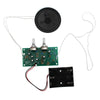
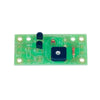
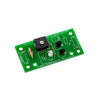
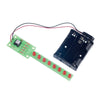


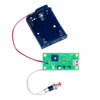


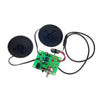
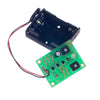
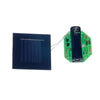
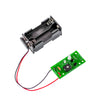
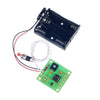






1 comment
David Rathbone
Equation 2 is incorrect should be R2=Vout*R1/Vin-Vout